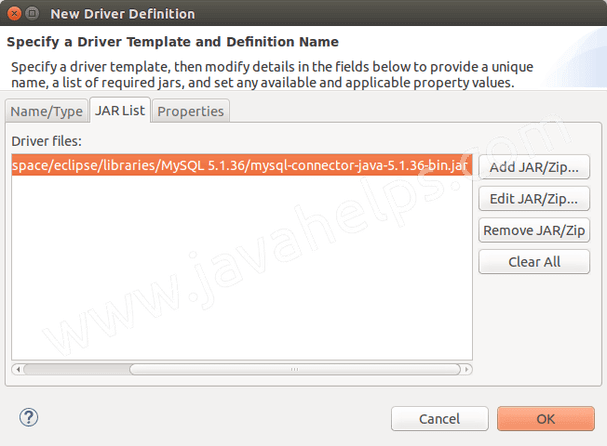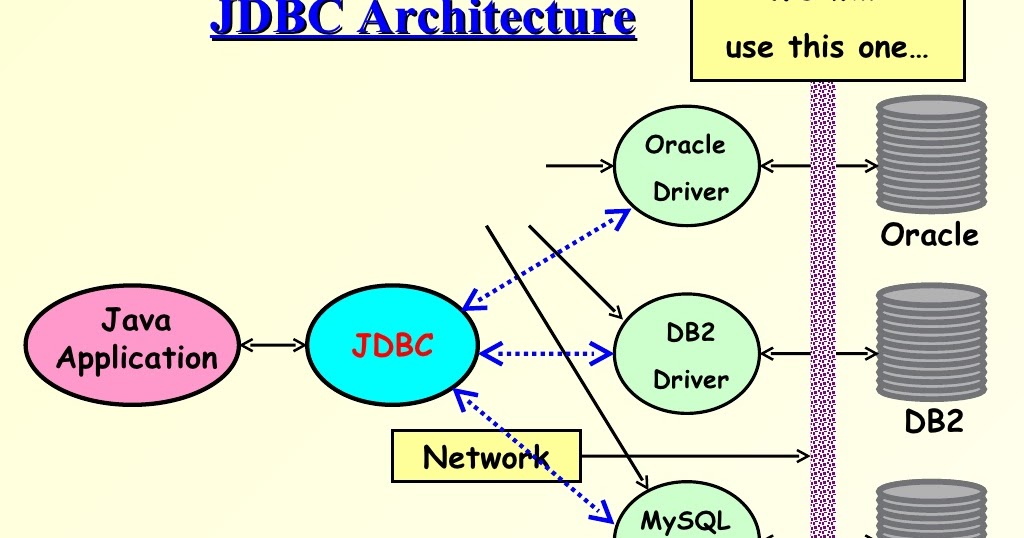

- Mysql jdbc connector how to#
- Mysql jdbc connector install#
- Mysql jdbc connector drivers#
- Mysql jdbc connector driver#
- Mysql jdbc connector code#
Mysql jdbc connector install#
Mysql jdbc connector how to#
how to connect mysql database in java using netbeans – fig – 2 After you click on the link, you will be again redirected to another web page and now click on the link as shown in the figure below to start downloading the NetBeans installer file.how to connect mysql database in java using netbeans – fig – 1 I am Downloading the IDE for Windows Operating System 64-bit.After clicking on the Download button, you will be redirected to the another web page, and there you will have an option to download the IDE according to your Operating System, as you can see in the figure below.You can see the figure below to understand.After going to the official website of Apache NetBeans, you will see a download button to download the latest version of NetBeans IDE for your system.Go to the official website of Apache NetBeans to download the latest version of NetBeans IDE by clicking on this link.If you have already installed the NetBeans IDE in your system, then you can skip this part and move forward. The first thing you need to do is download and install the NetBeans IDE in your system.


This is explained in the following sections.

Once a Connection is established, it can be used to create Statement and PreparedStatement objects, as well as retrieve metadata about the database. Consult the API documentation that comes with your JDK for more specific information on how to use them.ĭriverManager.getConnection("jdbc:mysql://localhost/test?" + There are a few different signatures for the getConnection() method. This example shows how you can obtain a Connection instance from the DriverManager. If you have not already done so, please review the portion of Section 7.1, “Connecting to MySQL Using the JDBC DriverManager Interface” above before working with the example below.
Mysql jdbc connector driver#
The newInstance() call is a work around for someĬlass.forName(".jdbc.Driver").newInstance() Īfter the driver has been registered with the DriverManager, you can obtain a Connection instance that is connected to a particular database by calling DriverManager.getConnection():Įxample 7.1 Connector/J: Obtaining a connection from the DriverManager Also, ensure that MySQL is configured to accept external TCP/IP connections. If testing this code, first read the installation section at Chapter 4, Connector/J Installation, to make sure you have connector installed correctly and the CLASSPATH set up.
Mysql jdbc connector code#
The following section of Java code shows how you might register MySQL Connector/J from the main() method of your application. With this method, you could use an external configuration file to supply the driver class name and driver parameters to use when connecting to a database. With MySQL Connector/J, the name of this class is .jdbc.Driver. The easiest way to do this is to use Class.forName() on the class that implements the interface.
Mysql jdbc connector drivers#
Specify to the DriverManager which JDBC drivers to try to make Connections with. When you are using JDBC outside of an application server, the DriverManager class manages the establishment of connections. Connecting to MySQL Using the JDBC DriverManager Interface


 0 kommentar(er)
0 kommentar(er)
